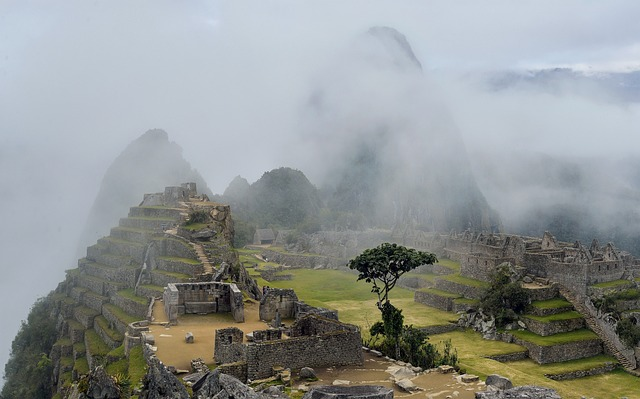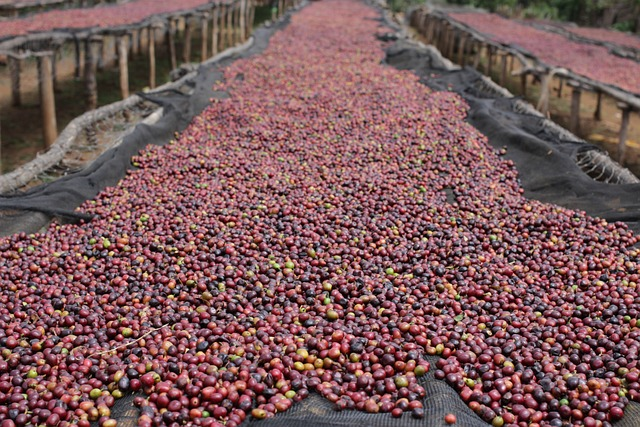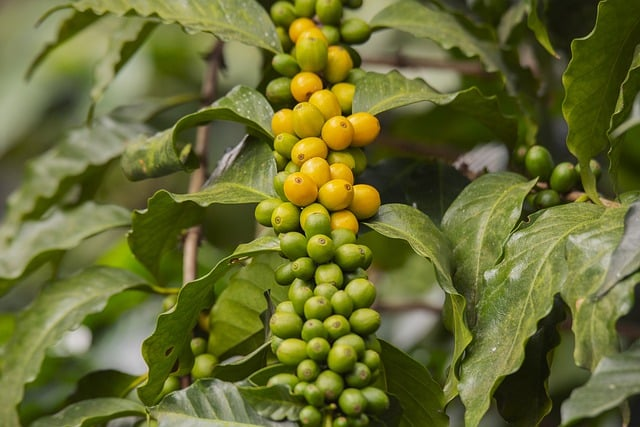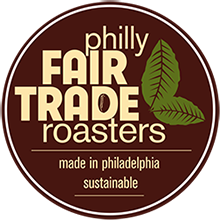Highlights
-
Peru's commitment to producing quality coffee beans was recognized in 2017 with the establishment of the first Peru Cup of Excellence. Still, the country is not yet among the top world producers of the crop.
-
Coffee was introduced here during the colonial era, and nowadays much of the country's production is marketed by CENFROCAFE, a local cooperative that's helped introduce local farmers to international markets. All of CENFROCAFE's coffee is fair trade, and 92% is wholly organic.
-
Apart from sustainable growing practices and coffee's social impact, Peru coffee has compelling flavor profiles, often more bright and acidic due to the prevalence of wet processing methods.
Peruvian Coffee: An Origin Report for Coffee Connoisseur

You've heard of Machu Picchu in Peru, but few know that the country's recently been recognized as having some of the best specialty coffee in the world.
The first Peru Cup of Excellence was established in 2017, and since then fair-trade Peruvian coffee has gained a spotlight among enthusiasts. While Peru is not yet a major player in the world coffee stage, it still produces high-quality specialty coffee that's worth a try.
Peruvian coffee traces its roots to the early 1700s when coffee beans were first introduced to the coast of the Andean region. Today, coffee is a crucial part of the economy in many regions of Peru. It all started in the Spanish colonial era when the first coffee plants were cultivated here. By that time, South America was well on its way to being a coffee mecca, Mexican coffee was already a thing – but nobody knew if coffee beans would grow in the Andes!
The indigenous communities in Peru — mostly the Quechua and Aymara — recognized that coffee beans could be cultivated alongside traditional crops like maize as a cash crop. Coffee production remained a small-scale endeavor, and in 1895 the Society of Arts in Oxford reported that coffee could only really be cultivated along the coast. Still, it became a cherished tradition in the regions where it was prevalent, even if what little amount was sold wasn't fair trade.
Coffee beans are produced mostly in the Amazonas, Chanchamyo, and San Martin regions. These regions are all in the north of Peru, close to Ecuador, where the climate is more suitable for this crop.
The introduction of innovative processing methods, such as pulping and fermentation, improved the quality of Peruvian coffee beans and made large-scale production economically viable. Still, varying global coffee prices are the main threat to this industry.
Peru Coffee Processing and Taste Profile

Most Peruvian coffee is wet-processed. This method involves several steps to remove the outer layers of the coffee cherry before drying the beans. This is a popular method because farmers usually have more land and access to streams for pulping and fermentation.
The process begins with harvesting the cherries, which is mostly done by hand. The outer skin of the beans is mechanically removed during the pulping stage.
For the next 12 to 36 hours, the pulped coffee beans sit in water tanks to ferment. Fermentation helps break down the outer pulp resulting in clearer flavors in your final cup. The beans are then washed and prepared for export in the drying stage.
The beans are then quite literally spread out on the ground (generally over a bed of cloth) to dry under the sun.
Dry-processed beans are far less common but still exist. Briefly explained, this process skips the pulping and washing steps. The beans go from the plants to the drying stage and are then hulled to remove the dried pulp.
Taste profile
Why do these methods matter? They impact the taste.
Washed Peruvian coffee has a clean profile and bright acidity. It might also smooth out the flavors into a more balanced cup. Expect any natural sweetness to linger longer on your tongue. This is usually paired with a medium roast that brings everything together.
Dry-processed organic coffee beans will have more earthy notes with some minimal hints of spices. You'll also find a less acidic cup and possibly intense nutty flavors.
Still, fair trade Peruvian coffee has a rich and earthy body, with notes of milk chocolate or dark chocolate depending on the variety. Expect a heavy body and bitter caramel notes if you get a darker roast.
Peruvian Coffee Production
Peru is not among the biggest coffee exporters in the world according to Statista. However, the way coffee has been adopted into indigenous societies makes it an interesting case study of how traditional farmers can compete with less eco-friendly producers around the world.
Fair trade Peru coffee is produced by smallholder farmers and cooperatives, the primary being CENFROCAFE – a crucial organization for local farmers today.
Cooperatives at Work: CENFROCAFE
CENFROCAFE is an acronym in Spanish that refers to the association of northern coffee farmers in Peru. This cooperative brings together thousands of families and over 80 farm associations. It offers many financial services but is mostly known for having helped farmers access international markets.
92% of coffee marketed through this cooperative is organic, and all of it is fair-trade certified. The improvement in quality that the organization has galvanized has in turn increased demand for Peruvian coffee around the world.
This cooperative is a great case study of how local farmers can get together and remain competitive while maintaining traditional methods.
Common Peru Coffee Varieties

Arabica beans are the main crop here. Most of that falls under the Typica variety, and the rest is either Caturra coffee or more exotic varieties such as Bourbon coffee.
Pache coffee is a variety local to Peru and known for its large cherries and resistance to diseases. It's a valuable asset for farmers because diseases can cause coffee plants to literally rot in the ground, expanding quickly and destroying entire farms.
Additionally, coffee leaf rust is exactly what you might imagine it to be: a fungus infects the plant and causes the leaves to turn red and wither. It's a plague that can easily decimate entire fields in no time.
How to Buy Peruvian Coffee Beans
Fair trade Peru coffee is quite a niche buy!
Still, give organic Peruvian coffee a try even if you're not an enthusiast. Try our Peru roast, which is grown by the Tocto family in the Cajamarca region of northern Peru. The Tocto family runs the Finca Churupampa, a farming operation that employs over 30 families in the region. Just in case you prefer decaffeinated coffee, our Peru decaf blend is also made with their beans! We give both a light to medium roast to bring out their best qualities.
All of our Peru coffee is both USDA-certified organic coffee and fair trade.
